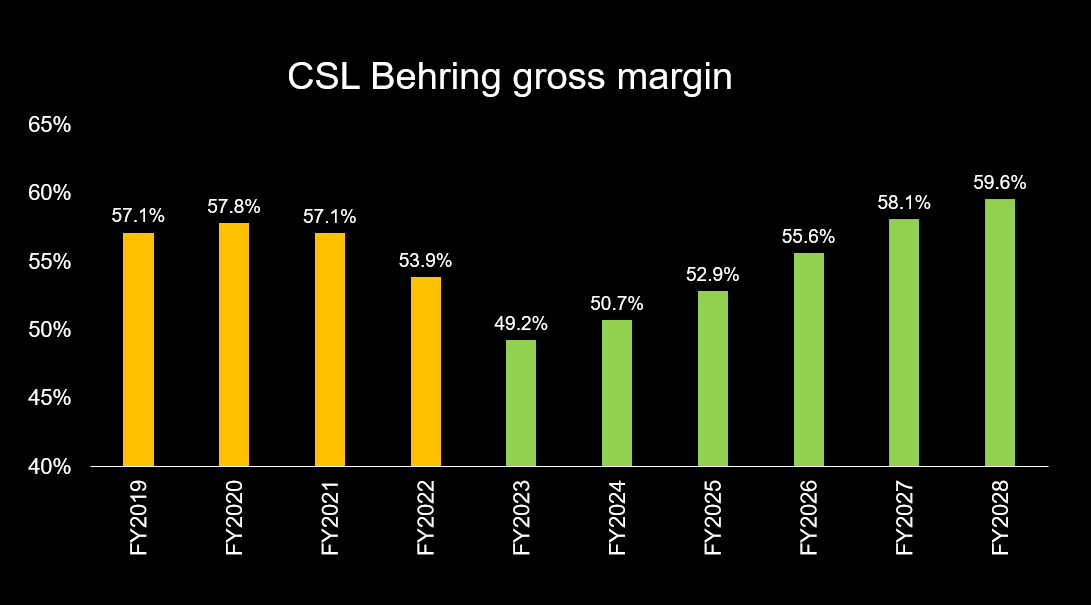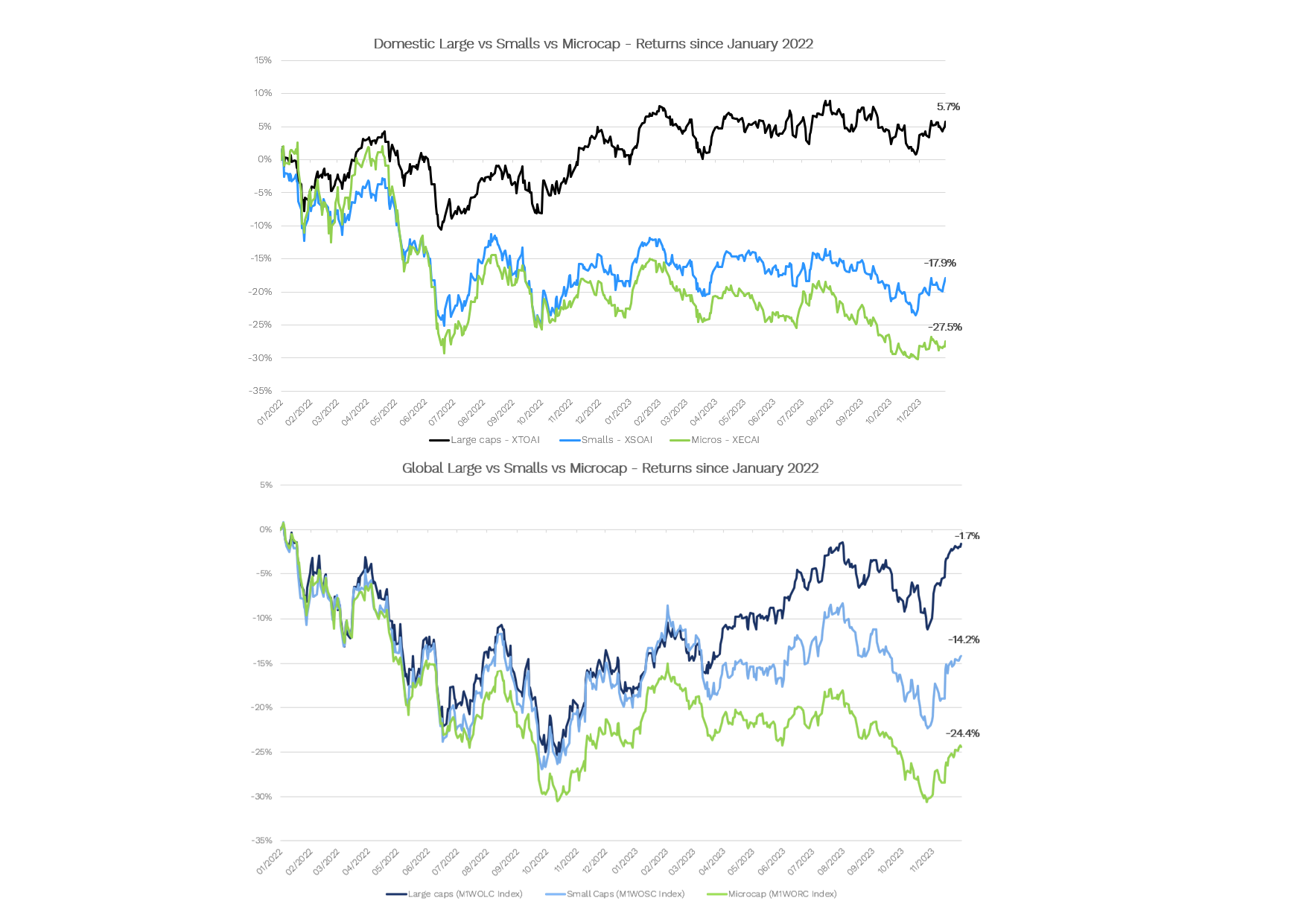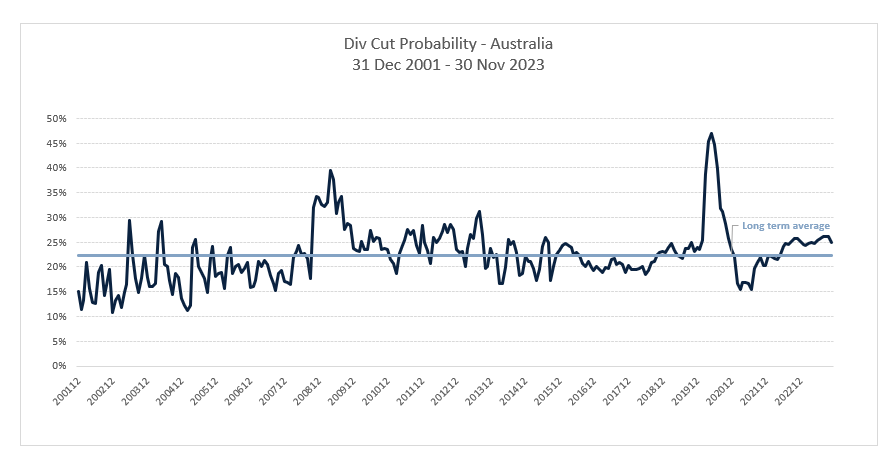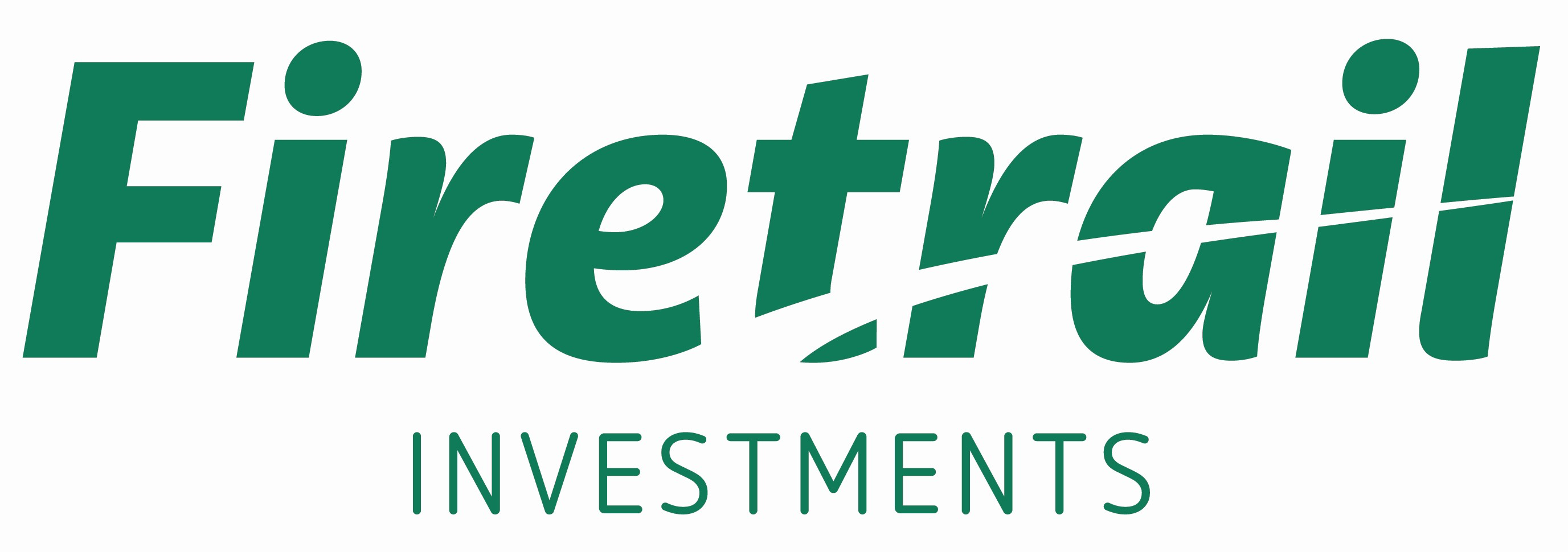Why 2024 could be a year for ASX bulls
There’s been a lot of noise in markets of late and these three active managers argue that it’s time to tune out the bad news. They believe that Australian companies are not only looking promising, they have gone all in on the Australian market.
That’s not just on the large-cap side either, with embattled small caps also showing some promise for 2024.
Taking a closer look at the fundamentals, there are opportunities to take advantage of market mispricing. Areas such as healthcare, retail, and media have been sold off hard in 2023. Even the miners might be looking cheap as we head into 2024, while more defensive areas like the supermarkets are looking pricey.
Dr Don Hamson from Plato Investment Management, Marcus Burns from Spheria Asset Management and Blake Henricks from Firetrail Investments joined me for a panel discussion to explore what matters for Australian equities in 2024. They also share three charts with an interesting story about the market and share how they are allocating client cash next year. To round things out, they also participated in a rapid fire to close out the panel.
This panel was filmed on 13 December 2023. The information and stocks discussed do not take into account your personal financial objectives or concerns and should be considered general in nature. Please do your own research before investing, or seek expert advice.
Edited Summary
What matters most for Australian equities?
According to Henricks, 2024 is the year to watch for mispricing opportunities in large caps.
“There’s a couple of areas of the market that are mispriced where the market is not recognising some of the quality of the businesses there. Growth healthcare is a classic example, where people have become a bit blasé about some of the earnings growth these companies can deliver. I can see that in the valuation,” he says.
He points to companies like CSL (ASX: CSL) and ResMed (ASX: RMD) as looking attractive, while viewing the banks, particularly Commonwealth Bank (ASX: CBA) as expensive.
While Hamson agrees Commonwealth Bank looks expensive, “it keeps delivering, and it is still a pretty good deal”.
That said, he is seeing value in the miners for dividend plays in 2024, particularly oil and coal producers while steering away from defensives like Woolworths (ASX: WOW) and Coles (ASX: COL). It’s unsurprising on that note, he’s keeping a close eye on what commodity prices are doing.
Hamson anticipates some dividend cuts in the consumer discretionary sector and the oil sector but points out that this has been largely factored into prices.
Small caps have had a tough run and Burns notes that “many sectors of smalls have been debased because of earnings downgrades this year.”
He’s seeing value in companies that were hit hard in 2023.
“The retail space, some media names were really debased. Then some of the former tech darlings that lost a bit of their lustre have been really sold off as well, so they’re the areas we think are probably quite respective at the moment,” Burns says.
Tuning out the noise and paying attention to the fundamentals
Inflation and interest rates have been a constant feature of financial news in the past two years. While that's not likely to change much, investors are being advised to focus less on them.
“It’s very easy to get really macro at certain points, but when we’re out there on the coal face, certainly running businesses better is where we’re focused,” says Henricks.
Burns adds that inflation is also decreasing, and worrying too much about it could be making it “stickier”.
These fears are making investors wary about dipping their toes in, but Hamson points out, “the reality is corporate Australia is still doing pretty well.”
Three charts: a picture tells a thousand words
CSL Behring's gross margin

Henricks:
CSL was a COVID-loser. They lost a lot of volume as people stayed home through COVID and didn’t collect as much plasma. The CSL Behring division makes up about 80% of the valuation of CSL, so this is the key chart.
What you can see is that those margins have come off a lot after showing a fairly stable trajectory. We don’t think there’s any reason why they won’t bounce back. And on that basis, CSL is going to be delivering double-digit earnings growth out to 2028, and you can buy it on a multiple that’s not obscene.
This stock traded at 40x a few years ago. Today, you’re buying it on mid-20s PE one year forward, and to us, that looks incredibly attractive.
Note: CSL is the largest position in Firetrail’s high conviction fund.
The returns in domestic and global equities since January 2022

Burns:
We look at small caps and they have materially lagged large caps, both domestically and internationally. I think some of that is based on investors’ perception of risk and they’ve gone back to liquid large-cap names for dividends.
Secondly, I think they’re more economically sensitive, so in many cases, they’re not as diversified as large-cap names, so they’ve seen more hits to earnings. But that doesn’t mean they have underperformed large and micro. The smaller you get, the bigger the underperformance.
What we’ve found historically is, during periods of very aggressive sell-offs like that, when the market does recover – a catalyst could be interest rates stabilising or being cut – then there is a massive recovery in small caps versus large.
We think we’re far closer to that bottom in smalls and micros than we’ve been for a very long period of time.
The aggregate probability of dividend cuts from all DIVIDEND-PAYING companies 2001-Nov 2023

Hamson:
What it’s showing at the moment is that it has risen and the risk of dividend cuts at the market level is slightly above average, but it’s only very slightly above average. It’s nothing like the previous peaks, which were the GFC and the pandemic three and a half years ago.
Things are a little tougher than they have been in the last 18 months, but not very much. It’s still a pretty good outlook, and we still expect some pretty good dividends in the next 12 months.
Positioning for 2024
All three are fully invested for the coming year.
As Hamson points out, “the market has franking credits and you don’t get any on interest, so we’re fully invested because we can get better income out of shares.”
He is overweight on the insurers but has sold some of the miners and the oil & gas sector given commodities prices have come off. His top pick in terms of under-appreciated dividend potential is Ampol (ASX: ALD).
Burns likes cyclical stocks, arguing that earnings are starting to base out and management teams are taking the opportunity to respond to inflation with price increases and cost cutting. He points to Iress (ASX: IRE), Link (ASX: LNK) and Bega Cheese (ASX: BGA) as names that have struggled but might turn around.
“[Iress] had an announcement that said costs are now under control and they’re starting to get some revenue growth back into the business,” he says.
Note: On December 18, Link announced to the market that Mitsubishi UFJ Financial Group had made a $1.2 billion takeover bid. The board has since recommended that shareholders approve the takeover bid.
On the large-cap side and alongside healthcare, Henricks sees promise in energy stocks off the back of rebounding demand and some disruption in supply from geopolitical tensions.
“There is a geopolitical premium that sits in oil over time, and at some of the prices we’re seeing today and what is priced into equities, the risk-reward looks very attractive to us in that space,” he says.
This is just an extract of the insights shared. To hear more, please watch the panel.



4 topics
9 stocks mentioned
3 funds mentioned
3 contributors mentioned


